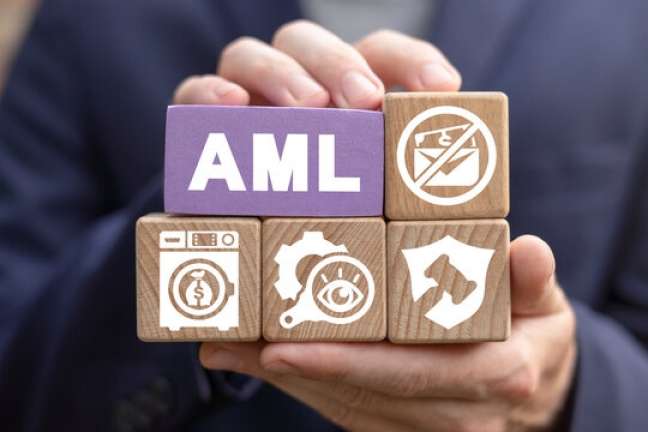A public company is a company whose shares are traded on a public stock exchange. This means that the company’s shares are available for purchase by the general public. The company’s shares are also subject to regulation. For those looking to become serious investors in the stock market, financecharts.com is a great resource that provides 20 years of research for nearly every ratio and financial metric of U.S. public companies. First, though, this article provides information about just what it means when a company goes public
How does a company go public?
A company can go public in a number of ways. One way is by issuing an initial public offering (IPO). In an IPO, a company offers shares of its stock to the public for the first time. Another way for a company to go public is by merging with or being acquired by another company that is already publicly traded.
Publicly traded companies are typically subject to greater scrutiny from investors and the media. As a result, they must be vigilant about their accounting and financial reporting practices. They must also be able to withstand greater fluctuations in their stock price since their shares are available to the public.
What are the key steps in going public?
When a company goes public, it is selling ownership in the company to the public. The company will file a registration statement with the Securities and Exchange Commission (SEC) and the statement will be made available to the public. The company will also file a prospectus, which is a document that provides investors with information about the company, including the risks associated with investing in the company. The company will then hold a roadshow, which is a presentation to potential investors about the company. After the roadshow, the company will price its shares and the shares will begin trading on a stock exchange. There are a number of key steps in going public, and each company’s process will vary somewhat.
What are the benefits of going public?
There are a number of benefits to going public. First, it allows the company to raise money by selling its shares to the public. This can be used to finance the company’s operations or to make acquisitions. Second, going public gives the company access to a wider pool of investors. This can help the company to grow and expand its operations. Third, going public can help the company to increase its profile and brand awareness. This can lead to greater sales and profits in the long run. Finally, going public can provide the company with a liquidity event. This is when the company can sell its shares and realize a profit.
What are the risks of going public?
There are a number of risks associated with going public. The most obvious is the fact that the company is now exposed to the whims of the market. If the company’s stock price falls, the shareholders could lose a lot of money.
Another risk is that the company may not be able to live up to the high standards of disclosure and transparency that are required of public companies. This could lead to a loss of confidence on the part of the shareholders, which could cause the stock price to fall.
Finally, going public can be expensive. The company may have to pay large fees to investment banks and other financial advisers. It may also have to set aside a large amount of money to cover the costs of the IPO.
Overall, going public is a big decision that should not be taken lightly. It can be a great way for a company to raise money and increase its value, but it also comes with some risks.















